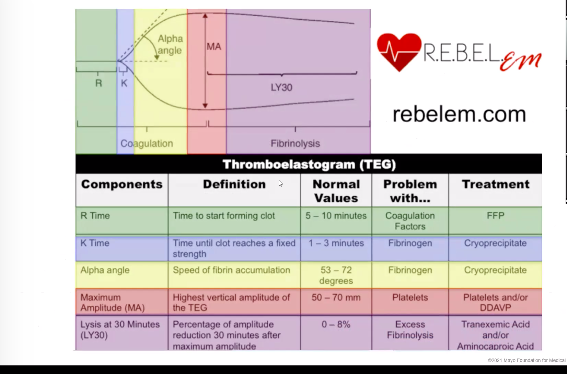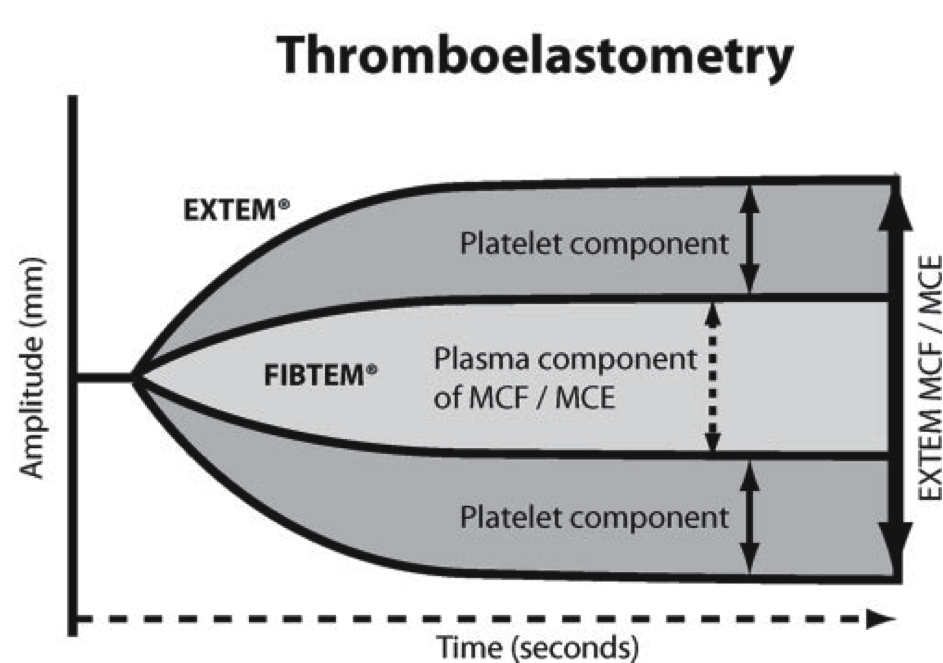Dr. Nevins Todd joined us today to discuss the diagnosis of some of the most devastating pulmonary diseases that exist today. Many of these can be misdiagnosed as simply, “ARDS” but in order to treat our patients appropriately, distinguishing ARDS from IPF, NSIP, and OP can lead to a drastically different decision tree. In this talk Dr. Todd will discuss the clinical, radiological, and pathological differences between these deadly diseases.
Written summary by Drs. Naomi Habib & Neil Christopher
The Basics
- Interstitial pneumonia, Interstitial lung disease, Diffuse (parenchymal) lung disease – ALL SYNONYMS
- Overlap between airspace disease and interstitial disease – usually non-infectious
- Pulmonary Fibrosis = collagen deposition
- Clinical term vs Histologic term Ex: IPF (clinical) vs UIP (histologic)
- Idiopathic vs identifiable – Social history important to identify cause
- Characterization of disease based on: Clinical history, radiographic findings, histology, and pulmonary function tests (PFTs)
- Assessment of Severity – Clinical status (O2 requirements, dyspnea), PFTs, Radiology
- Important for acute treatment in ICU to know severity of disease over the past month
- PFTs essential for assessing disease severity and guiding treatment (eventually…. as an out-patient)
- Assessment of Severity – Clinical status (O2 requirements, dyspnea), PFTs, Radiology
Idiopathic Pulmonary Fibrosis (IPF)
- History: Etiology often unknown, but cannot be called IPF if etiology is found – social history imperative
- Imaging: Characteristic lower lobe predominance
- Peripheral predominance, subpleural opacities (honeycombing), traction bronchiectasis, reticular opacities
- Lacks consolidation, masses, and ground glass opacities
- Histology: Usual Interstitial Pneumonia (UIP)
- Cystic disease, honeycombing, fibroblast foci (subepithelial)
- All forms of IPF have a UIP pattern but not all diseases with UIP pattern are classified as IPF
- UIP found in connective tissue disease, asbestosis, drug toxicity as well
- Diagnosis: CT is often sufficient – usually do not need biopsy, in fact, biopsy may accelerate course
- Prognosis is poor
Non-specific Interstitial Pneumonia (NSIP)
- Etiology often unknown
- Identifiable insult = “NSIP secondary to _____”
- No identifiable insult = NSIP
- History: Difficult to distinguish from IPF based on history – Diagnosis based on biopsy; Possible causes include autoimmune or connective tissue disorders.
- Imaging: Peribronchiolar predominance – spares periphery, reticulation, ground glass, no honeycombing
- Histology: Background normal lung architecture with thickened alveolar septum (cellular or collagen)
- Prognosis better than IPF – better response to steroids
Organizing Pneumonia (OP)
- Mechanism: Lung Injury leads to leakage of plasma into alveoli, which leads to fibroblast organization
- Etiology / Nomenclature – non-specific response to lung injury in patients with focal/diffuse lung disease
- Identifiable insult = “OP secondary to ____”
- History: No identifiable cause – idiopathic OP or Cryptogenic OP (COP)
- Histology: Fibroblast deposition within extracellular matrix (intraluminal)
- Fibroblast Foci – nonspecific response to lung injury – diagnosis of OP when its histology pattern is predominant
- Lung architecture preserved
- Imaging: No single, characteristic pattern
- Focal nodules, focal or multifocal consolidation, reticulation, ground glass opacities
- Should not look like IPF / UIP
- First consider infectious / malignant
- Reverse Halo Sign or “Atoll sign” is a radiographic finding specific for OP
- Prognosis better than IPF – responds to steroids
Suggested Reading
- Collard HR, Moore BB, Flaherty KR, et al. Acute exacerbations of idiopathic pulmonary fibrosis. Am J Respir Crit Care Med. 2007;176(7):636-43. [PubMed Link]
- Kligerman SJ, Franks TJ, Galvin JR. From the radiologic pathology archives: organization and fibrosis as a response to lung injury in diffuse alveolar damage, organizing pneumonia, and acute fibrinous and organizing pneumonia. Radiographics. 2013;33(7):1951-75.[PubMed Link]
- Travis WD, Costabel U, Hansell DM, et al. An official American Thoracic Society/European Respiratory Society statement: Update of the international multidisciplinary classification of the idiopathic interstitial pneumonias. Am J Respir Crit Care Med. 2013;188(6):733-48. [PubMed Link]



